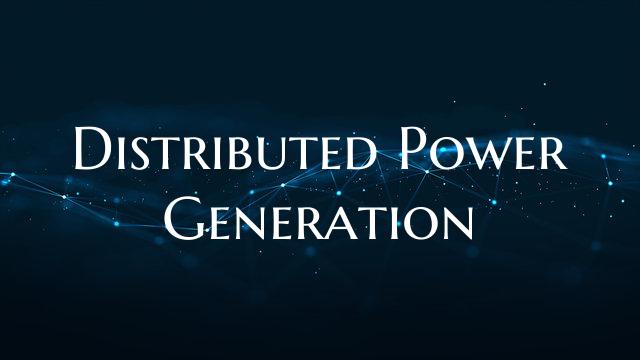Distributed Power Generation
Distributed Power Generation: Transforming the Energy Landscape
In recent years, distributed power generation has emerged as a disruptive force reshaping the traditional energy landscape. This innovative approach to generating electricity decentralizes power production, empowering individuals, communities, and businesses to take control of their energy needs. Unlike centralized power systems that rely on large power plants located far from the end-users, distributed power generation involves smaller-scale, local energy sources that are interconnected to the grid or operate off-grid.
One of the key drivers behind the growing popularity of distributed power generation is the increasing adoption of renewable energy technologies, such as solar panels, wind turbines, and fuel cells. By harnessing the power of the sun, wind, and other renewable resources, distributed generation systems enable users to generate clean electricity on-site, reducing their reliance on fossil fuels and lowering carbon emissions. This shift towards cleaner and more sustainable energy sources is essential for combating climate change and promoting environmental sustainability.
Moreover, distributed power generation offers numerous benefits beyond environmental concerns. By diversifying the energy mix and incorporating a wide range of generation sources, such as rooftop solar panels, small wind turbines, and combined heat and power systems, distributed generation enhances energy resilience and reliability. In the event of natural disasters or grid outages, distributed generation systems can continue to supply power to critical infrastructure and emergency services, reducing disruptions and enhancing overall energy security.
Furthermore, distributed power generation promotes energy independence and self-sufficiency, empowering individuals and communities to become energy producers rather than just consumers. Through net metering programs and feed-in tariffs, users can sell excess electricity back to the grid, offsetting their energy costs and even generating revenue. This not only helps to lower electricity bills but also fosters a more decentralized and democratic energy system that benefits all participants.
As distributed power generation technologies continue to advance and costs decline, the potential for widespread adoption and integration into the existing energy infrastructure grows. Policymakers, utilities, and stakeholders must work together to create a supportive regulatory framework and incentive programs that encourage the deployment of distributed generation systems. By embracing this decentralized approach to power generation, we can create a more resilient, sustainable, and efficient energy system for the future.

